Lifting a Patient from Bed to Chair
IIntroduction
Ensuring the safety and comfort of patients during transfers is critical when it comes to caregiving. In this comprehensive guide, we cover the act of lifting a patient from bed to their chair—a task that demands precision and care. From understanding the risks of improper transfers to mastering essential techniques, we equip you with the knowledge needed for a seamless transition. Moreover, we unveil the indispensable role of portable lifts, offering a closer look at their types, benefits, and practical usage. For further questions or comments about the blog or anything else, Contact our Reliable Team and you can always call us at 888-307-1839. We’ll be happy to help!

Brief overview of the importance of safe patient transfers
Safely transferring patients from a bed to a chair is a critical aspect of caregiving that ensures the well-being and comfort of both patients and caregivers. This process is not just about physical movement; it's a key component in maintaining the patient's dignity, promoting independence, and minimizing the risk of injury. With the right techniques and tools, caregivers can provide support that significantly enhances the quality of life for those in their care. Thus, understanding and implementing safe patient transfer methods are essential for creating a secure and caring environment.
Understanding the Importance of Safe Transfers
Risks associated with Improper Patient Transfers
Improper patient transfers can pose significant risks, leading to a range of adverse outcomes for both patients and caregivers. Such mishandlings may result in serious injuries, including muscle strains, fractures, and falls, compromising patient safety and recovery. For caregivers, incorrect lifting techniques can lead to chronic back pain and other musculoskeletal disorders, significantly impacting their health and ability to provide care. Recognizing these hazards underscores the importance of adopting correct procedures and using appropriate assistive devices to ensure the well-being of all involved.
Importance of maintaining patient dignity and safety during transfers
Maintaining patient dignity and ensuring safety during transfers are paramount in healthcare and caregiving environments. Respectful handling not only upholds the patient’s self-esteem but also significantly contributes to their emotional and physical well-being. Safe transfer techniques and the use of appropriate tools minimize the risk of injury, creating a secure environment that fosters trust and comfort. By prioritizing these essential aspects, caregivers can deliver compassionate care that respects the holistic needs of the patient, reinforcing the core values of empathy and professionalism in patient care.
Overview of the benefits of using proper lifting techniques and equipment
Employing proper lifting techniques and utilizing the right equipment are critical components of safe patient transfers, offering substantial benefits. These practices significantly reduce the risk of injury for both patients and caregivers, ensuring a safer healthcare environment. Furthermore, the correct use of specialized lifting devices can enhance efficiency and ease of care, promoting patient comfort and dignity throughout the transfer process. By investing in proper techniques and quality transfer equipment, caregivers can ensure a higher standard of care, fostering a positive impact on overall patient recovery and well-being.
Preparing for the Transfer
Assessing the patient's condition and mobility level
Before initiating the transfer process, it's crucial to assess the patient's condition and mobility level thoroughly. This assessment should include evaluating their strength, range of motion, and any existing medical conditions that may affect the transfer. Understanding the patient's abilities and limitations allows caregivers to tailor the transfer technique and select appropriate equipment to ensure a safe and comfortable transfer experience. Additionally, communication with the patient about their preferences and any discomfort they may be experiencing is essential for establishing trust and cooperation during the transfer.
Clearing the path between the bed and the chair
Before initiating the transfer, it's essential to ensure that the path between the bed and the chair is clear of any obstacles or hazards. Remove any clutter, such as furniture, rugs, or cords, that may impede the transfer process or pose a tripping risk. Creating a clear pathway not only enhances safety but also facilitates a smoother transfer, allowing caregivers and patients to move more freely and comfortably. Additionally, consider adjusting the height of the bed and chair to make the transfer process more ergonomic and efficient, minimizing strain on both the patient and the caregiver.
Ensuring proper body mechanics for caregivers
Caregivers must prioritize proper body mechanics to prevent injuries during patient transfers. Start by maintaining a stable base of support with feet shoulder-width apart and knees slightly bent to lower the center of gravity. Remember to engage core muscles and avoid twisting the spine while lifting. Utilizing assistive devices such as transfer belts or slide sheets can also help distribute weight evenly and reduce strain on the caregiver's body, ensuring a safe and comfortable transfer for both parties.
Techniques for Lifting a Patient from Bed to Chair
1. Proper positioning of the patient: Sitting on the edge of the bed, feet flat on the floor
Before initiating the transfer, ensure the patient is sitting on the edge of the bed with their feet flat on the floor. This position helps provide stability and leverage for both the patient and the caregiver during the transfer process.
2. Using a sliding or transfer board for easier movement
Utilizing a sliding or transfer board can significantly ease the movement of the patient from the bed to the chair. These boards reduce friction and allow for smoother transfers, minimizing strain on both the patient and the caregivers.
3. Engaging assistance from additional caregivers if needed
If the patient's condition requires additional support, don't hesitate to involve extra caregivers to ensure a safe and controlled transfer. Collaborating with others can help distribute the workload and prevent accidents or injuries.
4. Lifting techniques: Using the legs, not the back, to lift; maintaining a straight spine
Emphasize the importance of using proper lifting techniques, such as using the legs rather than the back to lift, and maintaining a straight spine throughout the process. These techniques reduce the risk of strain or injury for caregivers while ensuring the safety and comfort of the patient during the transfer.
Tools for Safe Patient Transfers: Portable Lifts
Types of portable lifts: Hydraulic lifts, electric lifts, manual lifts
There are various types of portable lifts available, including hydraulic lifts, electric lifts, and manual lifts, each offering unique features and benefits to cater to different needs and preferences.
Benefits of Portable Lifts
Portable lifts offer versatility, ease of use, and advanced safety features, making them ideal for a wide range of transfer scenarios. These lifts can significantly reduce the physical strain on caregivers while ensuring the safety and comfort of the patient.
Comparison of different portable lift models available on the market
When choosing a portable lift, consider factors such as weight capacity, mobility features, battery life, and portability/storage options to find the best fit for your specific requirements.
Tips for Using Portable Lifts Safely and Effectively
1. Proper setup and assembly of the lift: Follow the manufacturer's instructions carefully for setting up and assembling the portable lift to ensure optimal performance and safety.
2. Training caregivers on how to operate the lift safely: Provide comprehensive training to caregivers on how to operate the portable lift correctly, including proper positioning of the patient, attachment of slings, and using the lift controls.
3. Regular maintenance and inspection of the lift: Schedule regular maintenance checks and inspections for the portable lift to identify any issues early and ensure continued safe operation.
4. Ensuring proper positioning and attachment of slings: Double-check that the slings are correctly positioned and securely attached to the lift to prevent accidents or discomfort during transfers.
Conclusion
In conclusion, mastering the techniques and tools for safe patient transfers, particularly from bed to chair, is essential for caregivers and healthcare professionals alike. By prioritizing proper positioning, utilizing portable lifts, and adhering to safety protocols, we can ensure the well-being and dignity of both patients and caregivers. Remember, investing in reliable equipment and adopting best practices not only enhances the quality of care but also promotes a safer and more comfortable environment for everyone involved. Explore our selection of high-quality portable lifts and assistive devices at reliableramps.com, and take the first step towards safer and more efficient patient transfers today.
Let Us Know What You Think
Your thoughts and questions are incredibly valuable to us, and we'd love to hear from you. If you have additional insights to share, your comments can spark meaningful discussions and enhance the collective knowledge of our community. Don't hesitate to ask any questions you may have; our team is here to provide answers and engage with you. So, please, take a moment to leave a comment or question below. Your input is much appreciated!



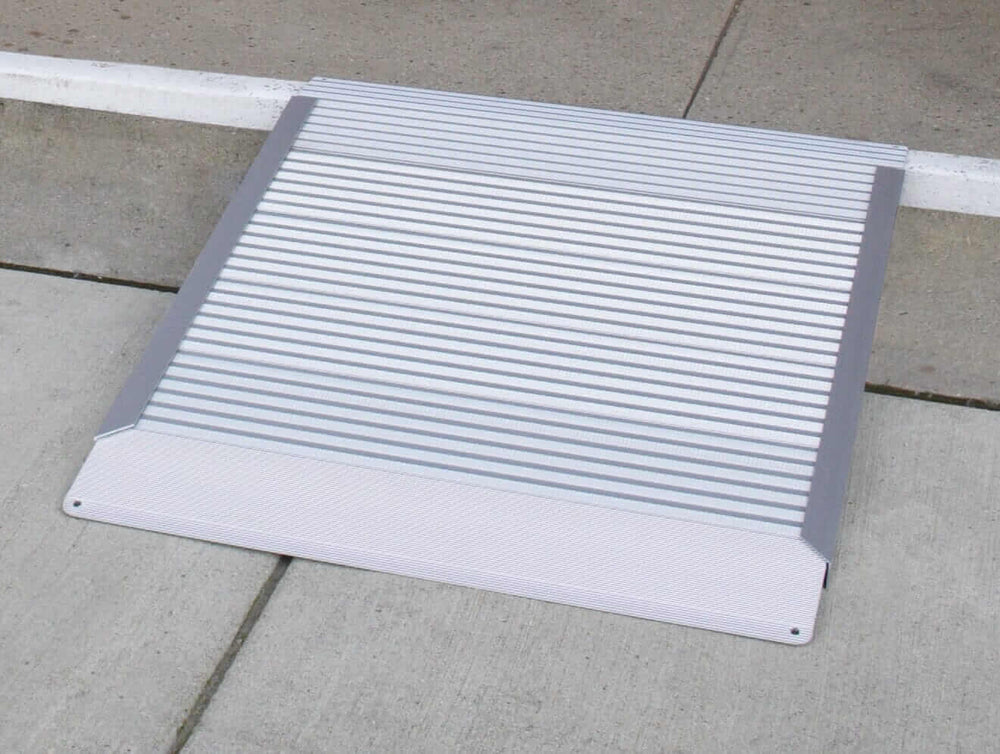
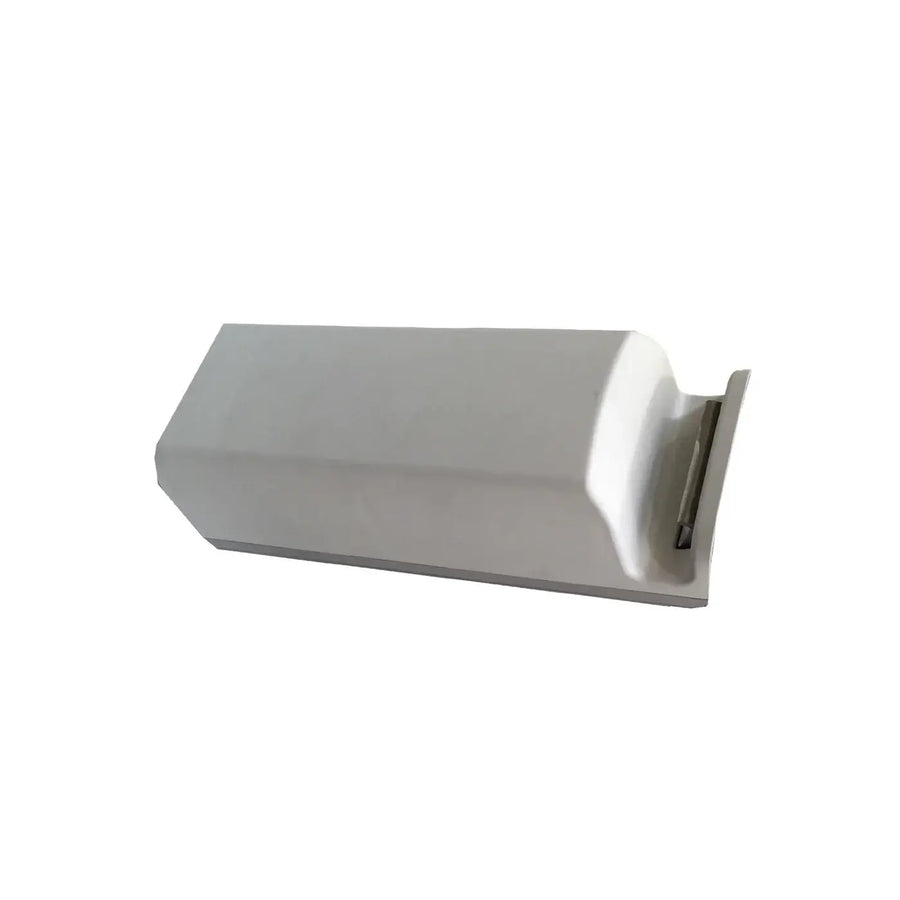
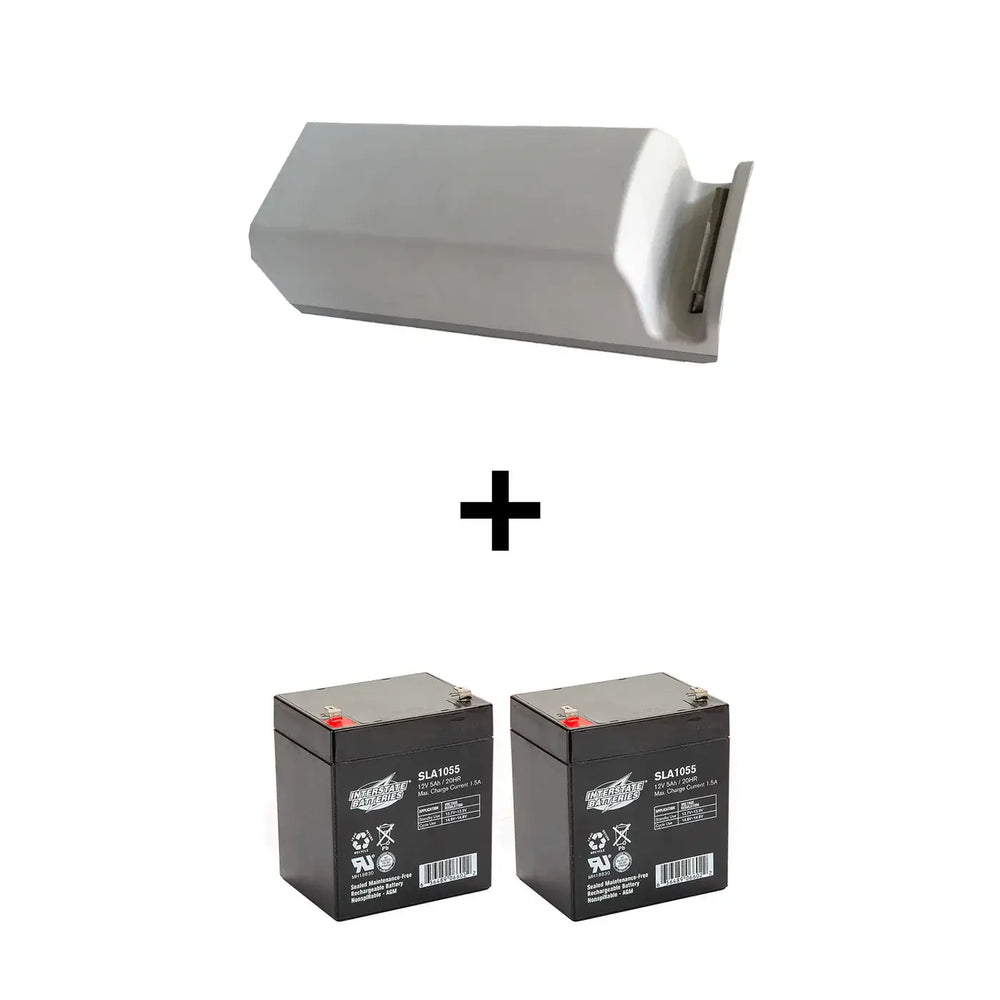

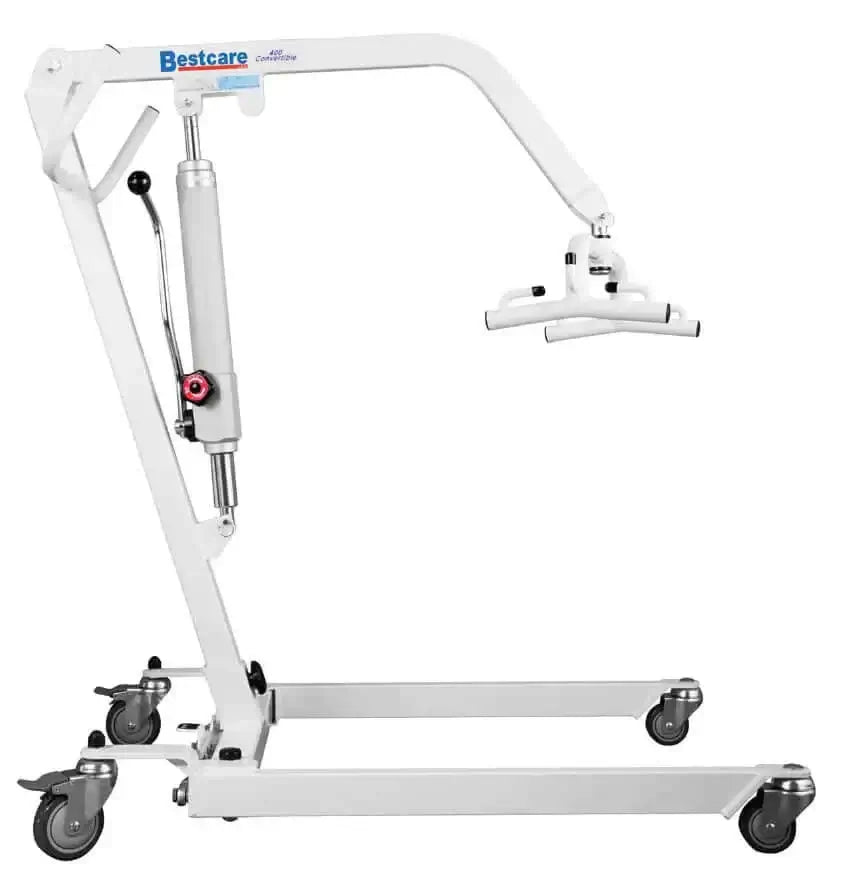
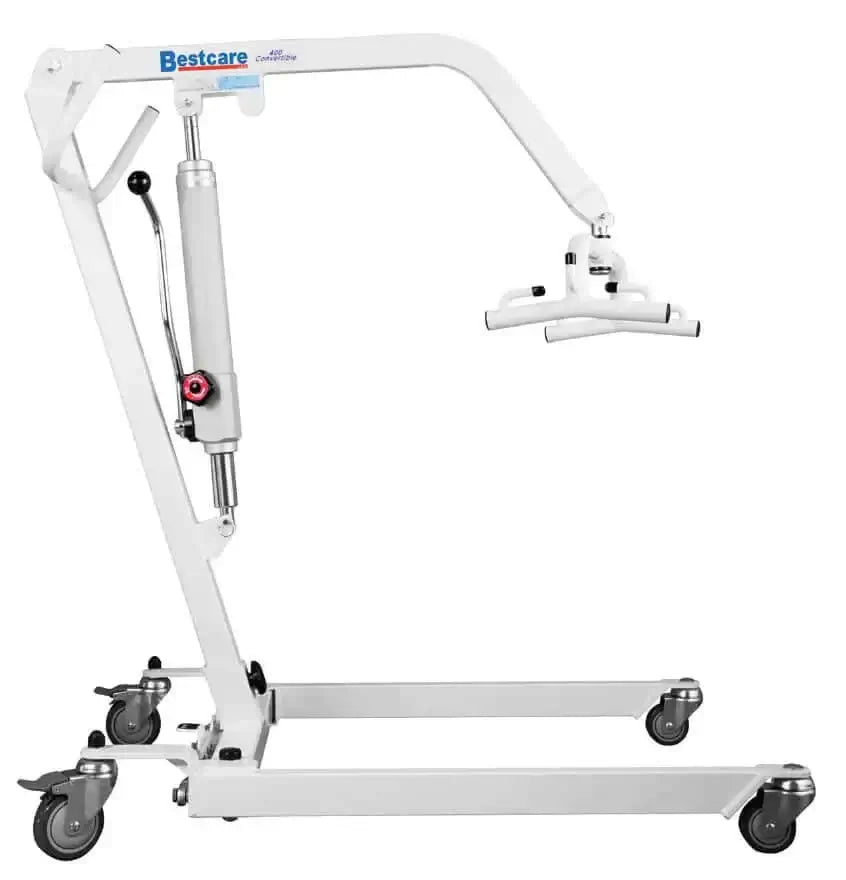
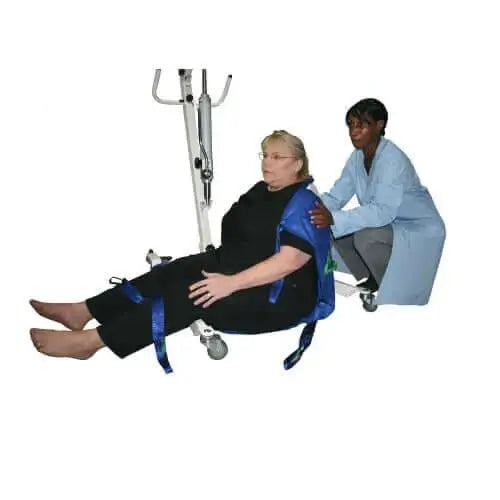
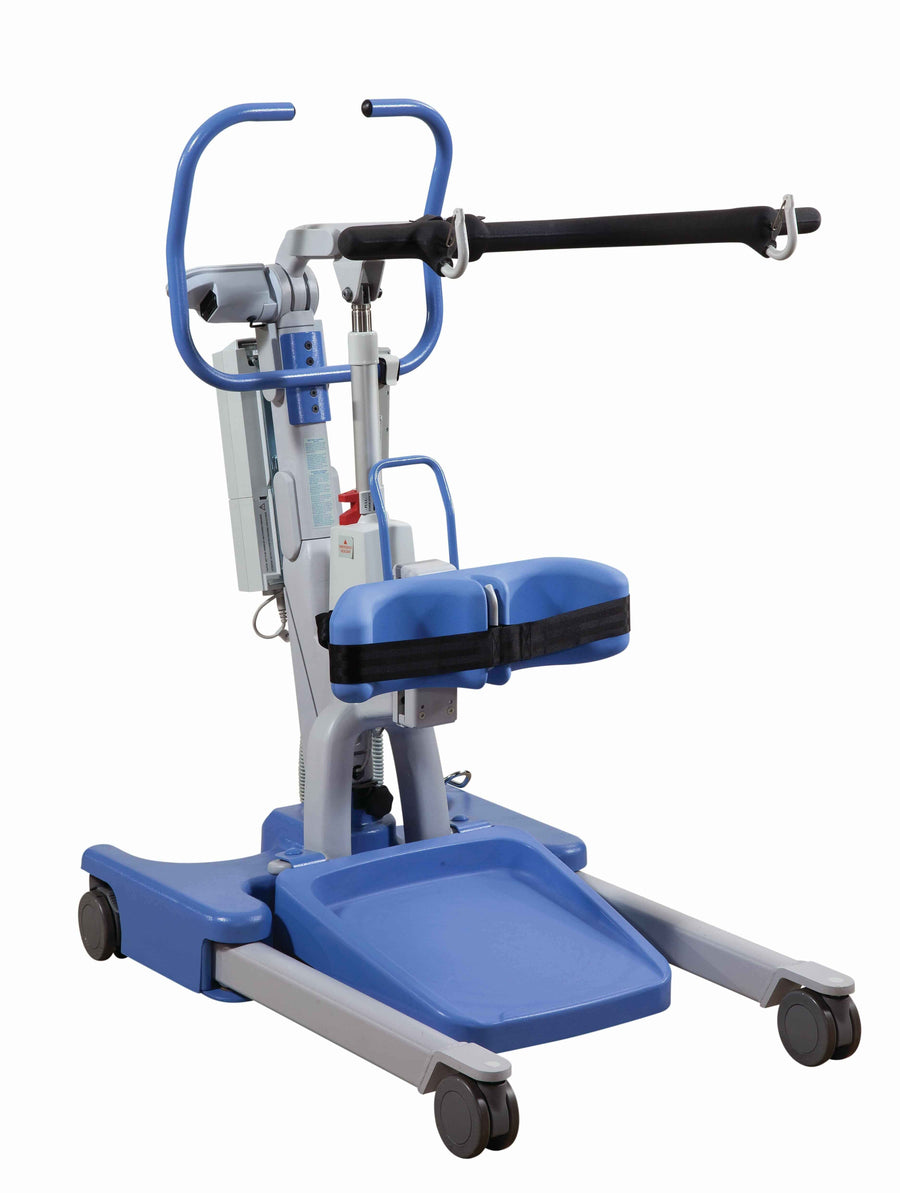
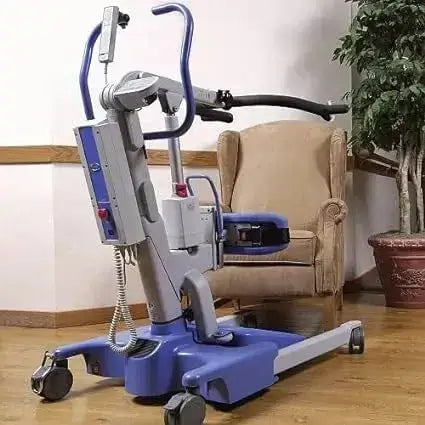
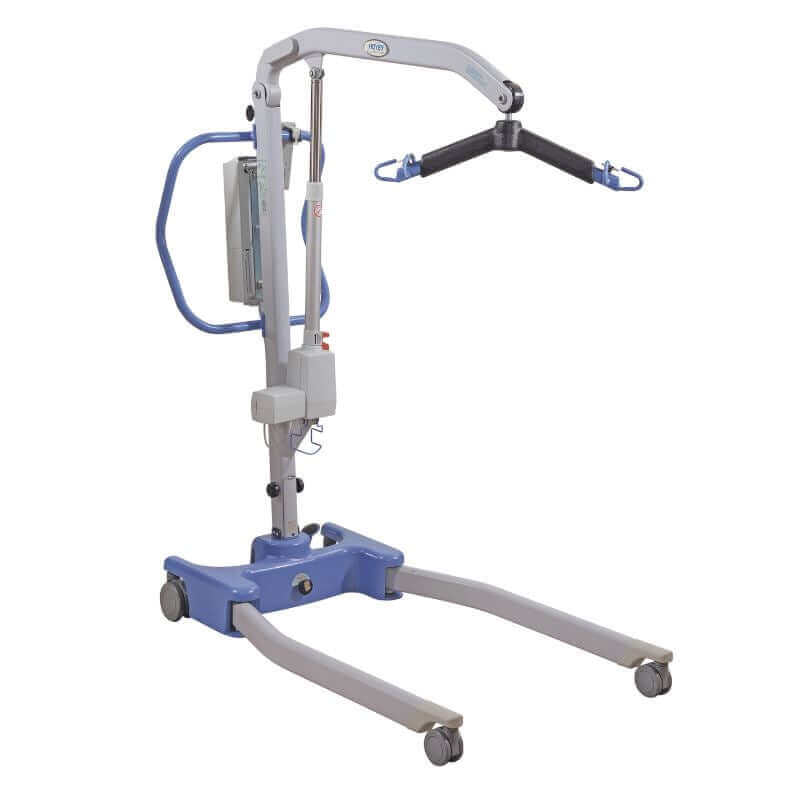
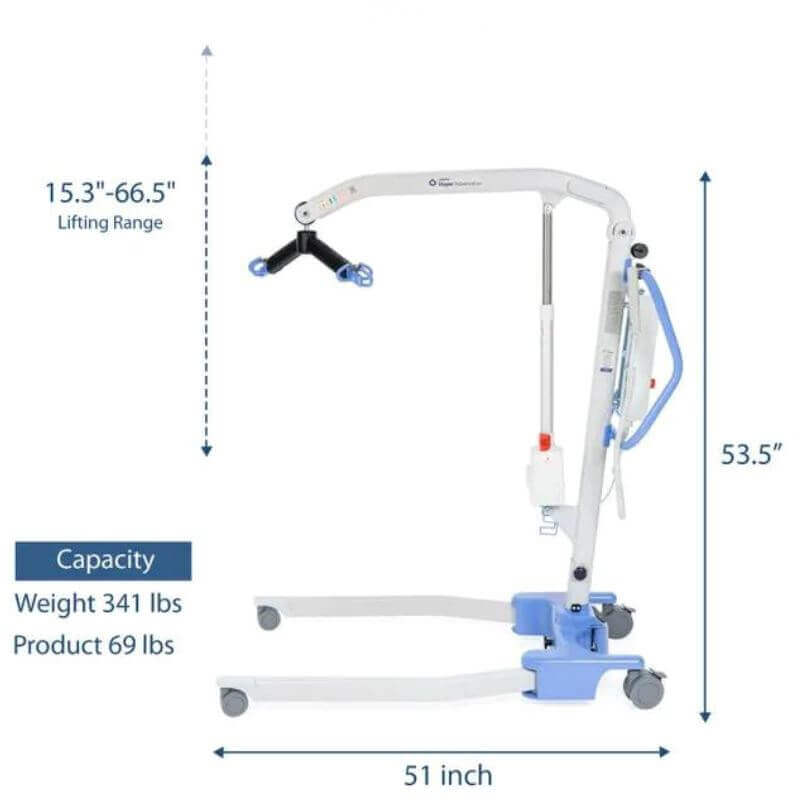
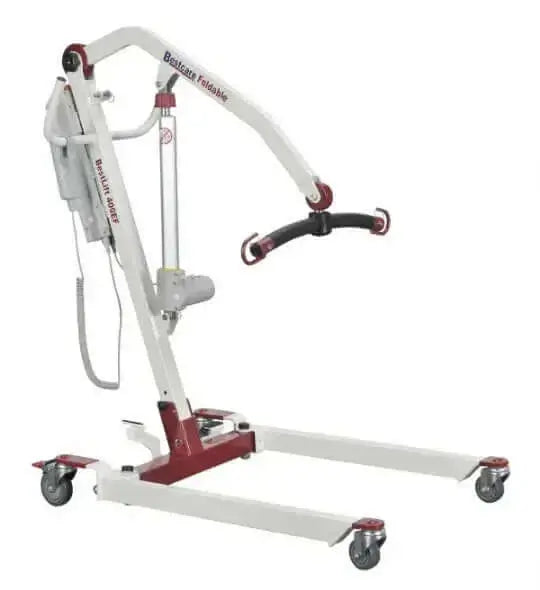
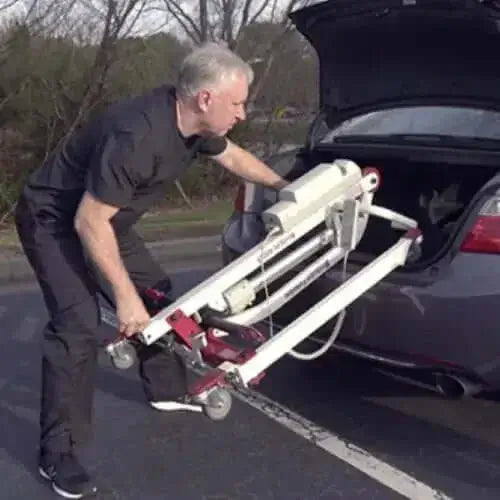
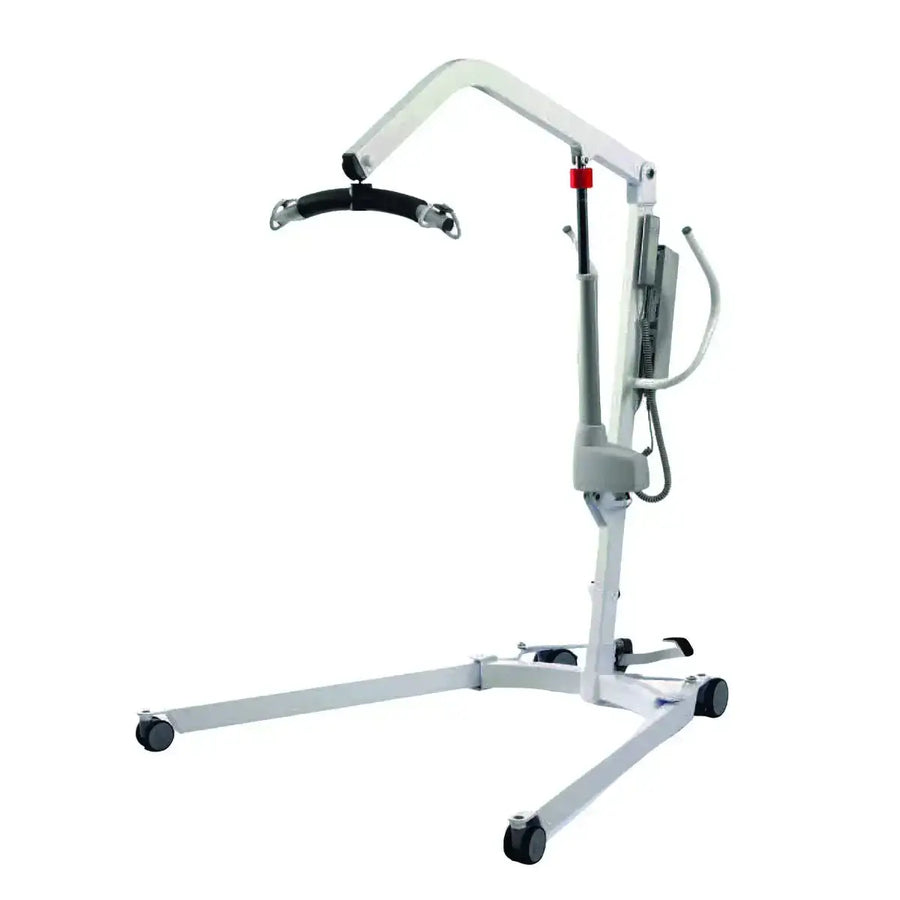
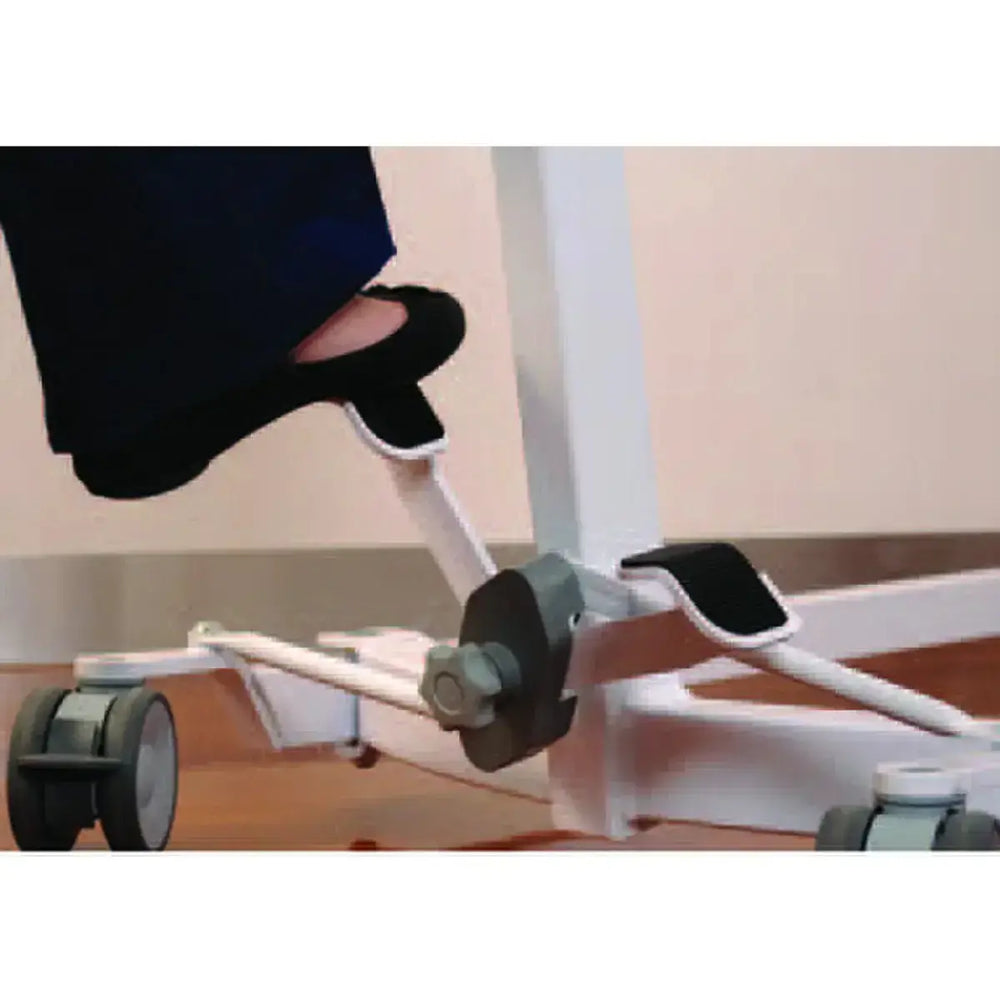
Leave a comment